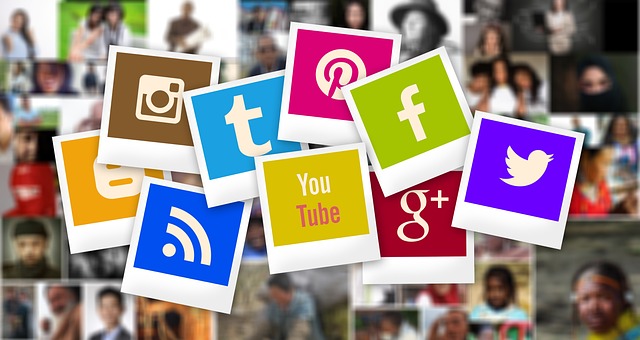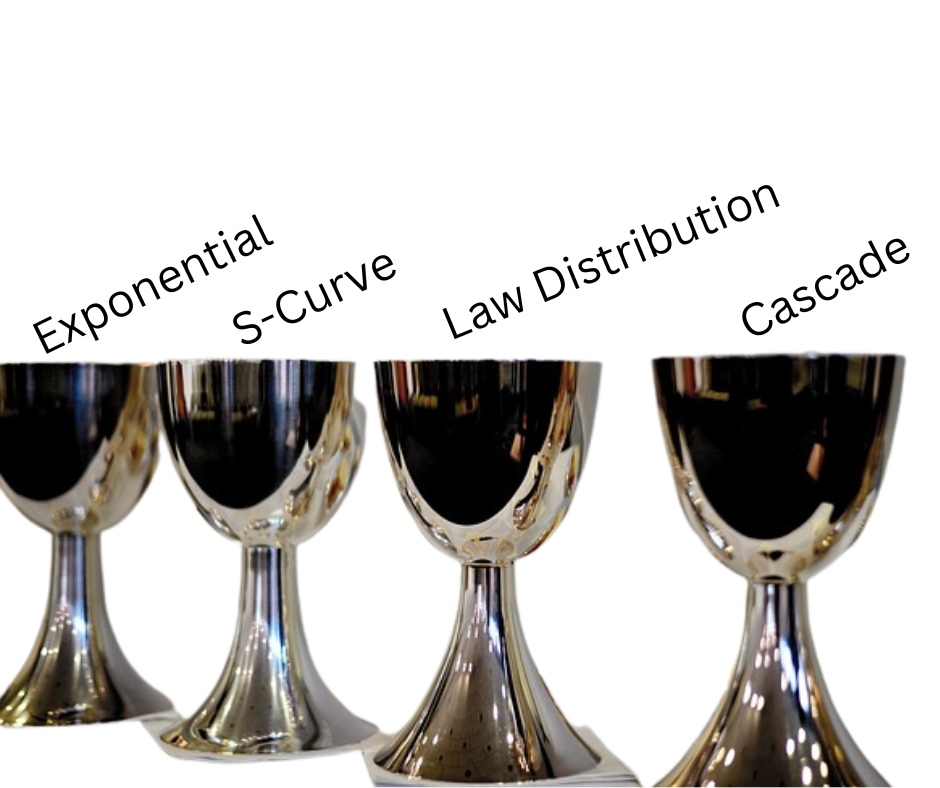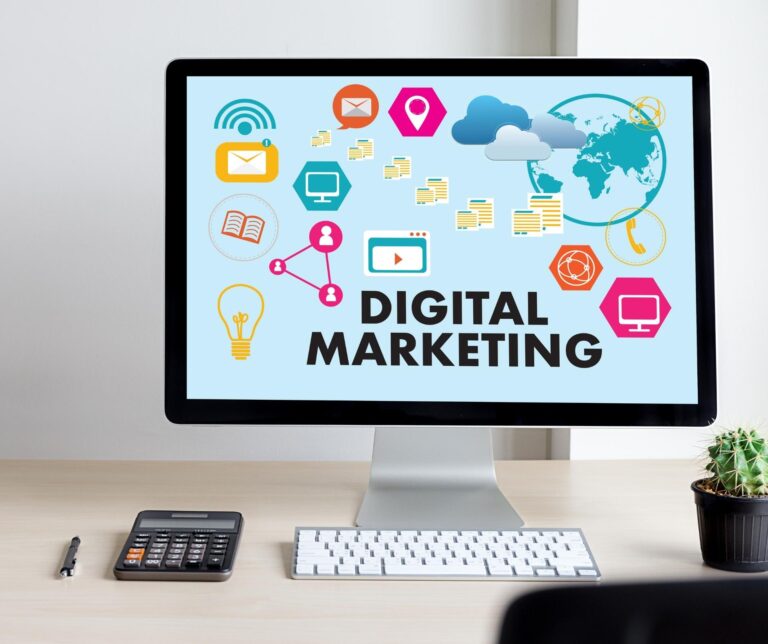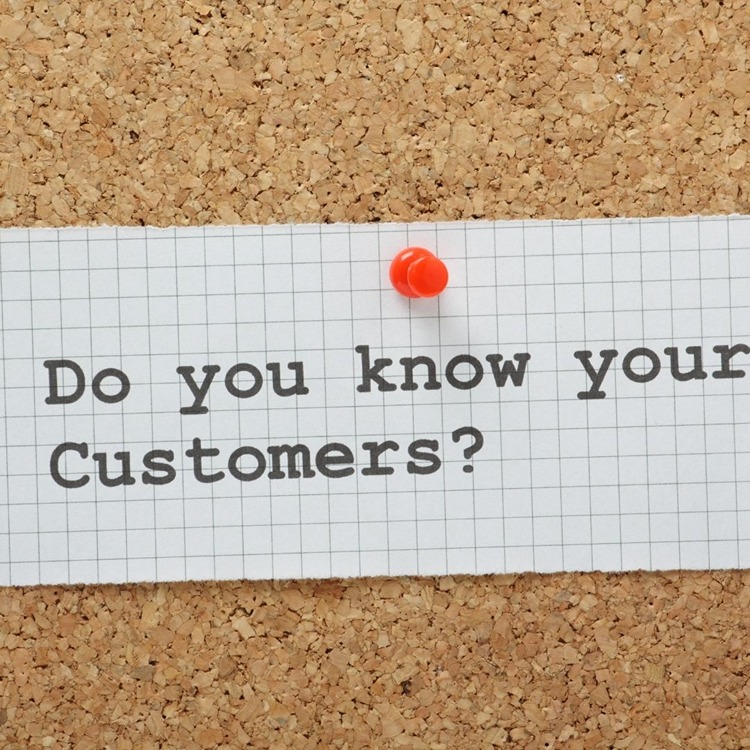Viral Marketing
The Holy Grail of Business Growth
Viral marketing is the Holy Grail of business growth. The best brands in the world have used viral marketing to grow their customer base, increase brand awareness, and boost sales. How can you use it to help your business?
What is Viral Marketing?
Viral marketing is a strategy that uses existing social networks to market products or services. Unlike traditional marketing where the campaign aims to simply create awareness, viral marketing generates a high volume of consumer traffic.
The main goal of viral marketing is to get people talking about your product and brand. Once people talk about your product or service, it will naturally spread through their personal networks and create exponential exposure for your business.
The Types
Viral marketing campaigns can be used on any type of content including videos, images, and articles. However, the most effective method has been found by using social media platforms such as Facebook and Twitter. Those platforms allow you to spread content quickly, while also giving you access to millions of potential customers. All at no cost whatsoever!

Four Viral Marketing Models
The Exponential Model
The S-Curve Model
The Cascade Model
The Power Law Distribution Model
The Exponential Model
This is the model that most people are familiar with. It’s not really a model at all. It’s more of a visual representation of what happens when your content gets passed on from one person to another.
If you are new to viral marketing, the exponential model is probably the most common type of campaign. It’s easy to understand and implement, and can be used for B2B and B2C products. Most importantly, it works with both consumer and business products.
Here’s how it works: The first person gets your product for free (or at a discount). They then tell their friends about it—who also get it for free (or at a discount). Each of these people become promoters themselves—and so on and so forth. Until everyone who wants your stuff has gotten their hands on a copy! This means that everyone benefits from this strategy. You get more customers; they get awesome deals or freebies. And their friends get awesome deals or freebies.
The S-Curve Model
The S-curve model is a popular viral marketing tool, and it’s one that you should know well if you want to understand how businesses grow.
The S-curve model describes the different stages of growth in any given market, and there are typically four stages: introduction, early growth, rapid growth (or exponential growth), and saturation.
In the introduction stage of an industry or product category — where nothing exists yet — people have no expectations about what to expect from this new thing. They are open-minded about their experience; they may even be excited by its possibilities because they lack familiarity.
In the early growth stage, some people begin using the product, but most don’t use it regularly yet because they don’t know enough about its features or benefits yet (or perhaps they don’t see any value in trying something unfamiliar). In this phase, many companies lose focus as they try different tactics to reach more customers at once rather than focusing on getting one customer at a time into their product line or service offerings over time until everyone knows what they offer!
The Cascade Model
This is where things get interesting. It’s time to implement viral marketing and create your own cascade. You first need to figure out how big a business you want this viral marketing campaign to become. If it only takes off in your immediate neighborhood and doesn’t have much reach, it may not be worth pursuing because of its limited potential.
However, if you see a chance for this campaign to go national or international (which would be awesome), then go for it! You can use Google Trends and other free tools online to check if anything like this has happened at various scales—that will give you an idea of how big an audience might find your content engaging enough to share with others.
Once that decision has been made, the hard part obviously comes: creating content that people want others to see on their newsfeeds! There are many different ways of going about doing so:
- Create funny videos or memes related to current events which relate back to whatever industry/product(s) they’re offering;
- Posting pictures showing themselves hanging out with celebrities;
- Posting articles written by experts within their field advising on certain topics (these are usually called “thought pieces”).
The Power Law Distribution Model
You might not know about the Power Law Distribution Model, but it is arguably the most important model. It’s different from the exponential and s-curve models in that it doesn’t assume that everyone on Earth is using your product—it assumes that only a select few will ever even hear of your product.
Let’s say you have a new smartphone app and want to market it to as many people as possible. You would likely use the cascade model, which states that if each person tells two friends about your app within weeks or months, millions of users will have downloaded and installed it on their devices.
However, if we use our newly discovered knowledge of power law distribution instead (and assuming again that only a select few people are “in” on this secret), then we find ourselves faced with an entirely different set of assumptions: namely, how can we get those first few users? Once we’ve built up enough momentum with them (along with some positive word-of-mouth), perhaps then we can begin expanding outwards into larger markets through viral loops until eventually reaching everyone!
What Are the Benefits of Viral Marketing?
Viral marketing greatly increases sales, brand awareness, website traffic, and customer loyalty. It also increases customer lifetime value. You see, viral marketing takes the time. You spend time creating your products and services. This turns it into a machine that keeps churning out more customers for you. It is like having an army of salespeople working for free!
Of course, some risks are involved with any method of growing your business. And one of those risks is that some people will be turned off by your approach. Maybe, they don’t agree with what you’re doing or how you’re doing it. Even if it is working well for everyone else (kinda like how some people don’t like seeing ads on Facebook). But if done right, viral campaigns can drive insane amounts of traffic. And at the same time let customers know about new products before anyone else does. Sometimes even before they’re available on store shelves!

Takeaway:
The benefits of viral marketing are clear. It’s a cost-effective way to build your brand and drive traffic, it can help you to create a community of loyal customers, and it can help you to build a brand reputation.
So what’s the best way to achieve this? The key is creating content that people want to share, which also fits in with your business goals.
Conclusion
Although viral marketing may seem like the Holy Grail of business growth, it is not a silver bullet. The best way to make your marketing campaign viral is by having a marketing strategy that fits into one of these four models. This will allow you to better understand how your product or service spreads and makes it easier for customers to share their experience with others.






